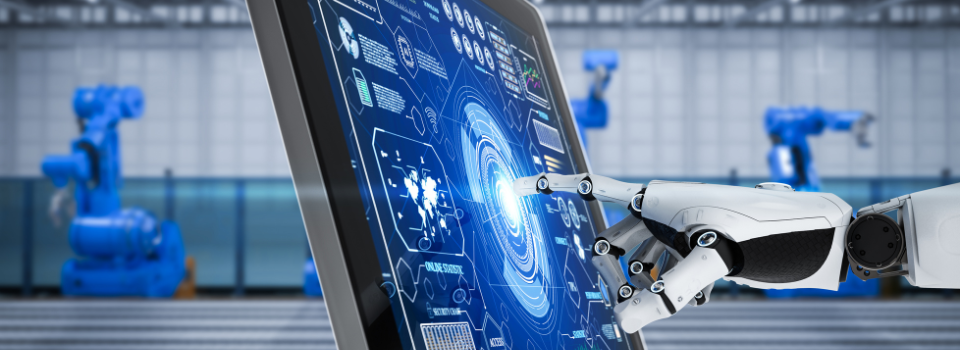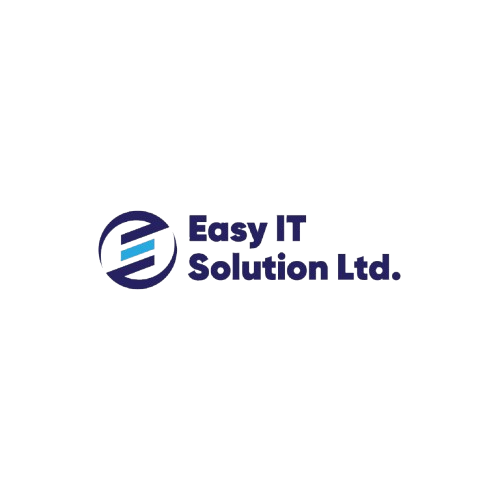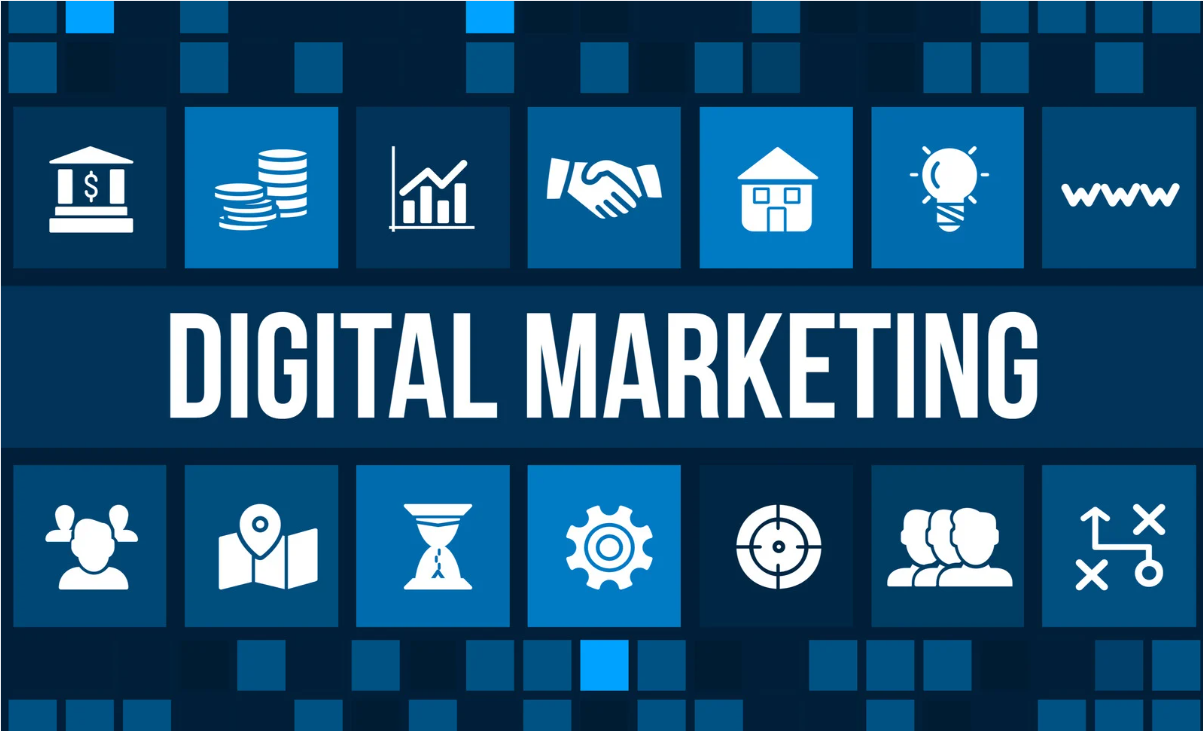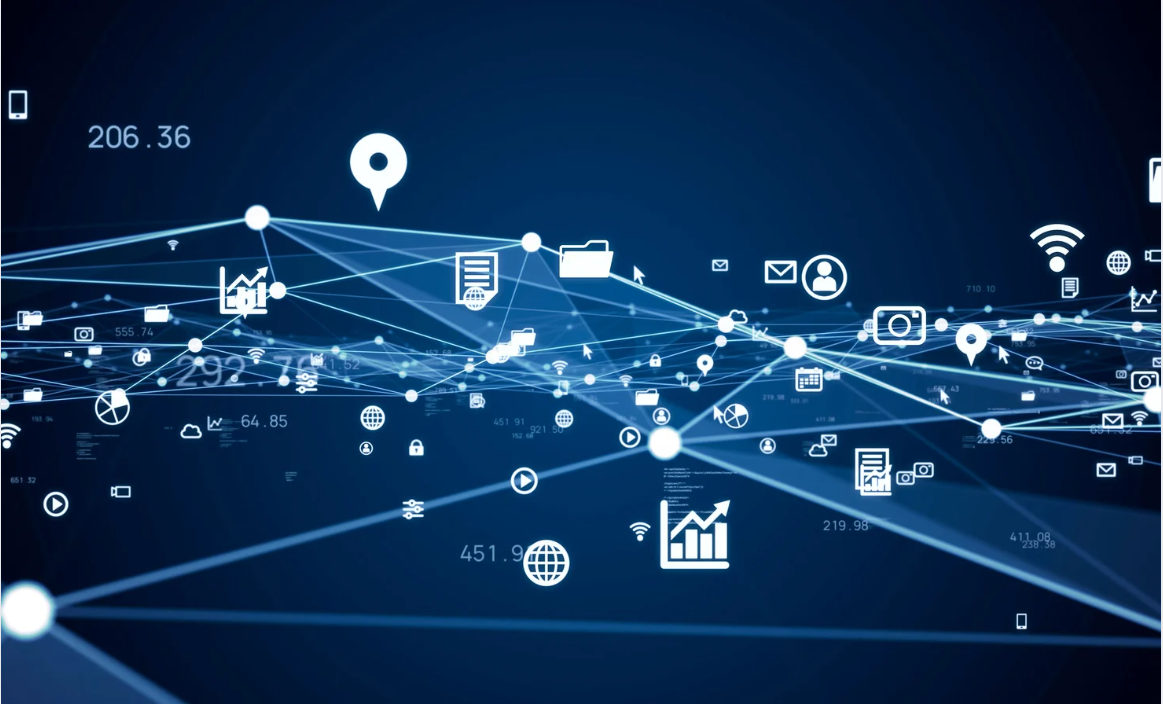
What's the Future of Web Development?
The digital landscape is in constant flux, and at the forefront of this evolution lies web development. What was cutting-edge just a few years ago is now commonplace, and the pace of innovation shows no signs of slowing down. For software companies, understanding and embracing the future of web development isn't just about staying relevant – it's about unlocking new possibilities for user engagement, business growth, and technological leadership.
This blog post delves into the key trends and technologies that are shaping the future of web development, offering insights for businesses looking to build impactful and future-proof web experiences.
1. The Continued Rise of Progressive Web Apps (PWAs): Bridging the Gap Between Web and Native
PWAs are no longer a niche trend; they are becoming a standard for delivering fast, reliable, and engaging user experiences. By leveraging modern web APIs, PWAs offer native-like functionalities directly within the browser, including:
- Offline Capabilities: Users can continue to interact with the application even without an internet connection, enhancing accessibility and reliability, especially in areas with poor connectivity. Think about a PWA for an e-commerce site allowing users to browse previously loaded products even when offline.
- Push Notifications: Re-engage users with timely and relevant updates, similar to native mobile apps, fostering stronger user retention. Imagine a news PWA sending breaking news alerts directly to the user's device.
- Add to Home Screen: Users can easily add a PWA to their home screen without going through an app store, providing quick and seamless access.
- Faster Performance: PWAs are designed for speed, offering quicker load times and smoother interactions, leading to improved user satisfaction and SEO rankings.
Investing in PWA development allows you to reach a wider audience across devices with a single codebase, reducing development costs and time-to-market while delivering a superior user experience.
2. The Era of Serverless Architecture: Efficiency, Scalability, and Cost Optimization
Serverless computing is revolutionizing how web applications are built and deployed. By abstracting away the complexities of server management, serverless architectures offer numerous advantages:
- Automatic Scaling: Applications can automatically scale up or down based on demand, ensuring optimal performance during peak loads without manual intervention.
- Cost Efficiency: You only pay for the compute time consumed, leading to significant cost savings, especially for applications with fluctuating traffic.
- Faster Deployment: Reduced infrastructure management allows developers to focus on writing code and deploying applications more quickly.
- Microservices-Friendly: Serverless functions align perfectly with microservices architecture, enabling the development of modular and maintainable applications.
Adopting serverless can lead to more agile development processes, reduced operational overhead, and highly scalable web applications that can adapt to evolving business needs.
3. The Dominance of JavaScript Frameworks and Libraries: Powering Dynamic and Interactive Experiences
JavaScript continues to be the backbone of modern web development, with frameworks and libraries like React, Angular, and Vue.js empowering developers to build complex and interactive user interfaces efficiently. The future will likely see:
- Continued Evolution of Existing Frameworks: Expect further improvements in performance, developer experience, and the introduction of new features.
- Emergence of Meta-Frameworks: Frameworks like Next.js and Nuxt.js, which offer features like server-side rendering and static site generation, will become even more prevalent for building performant and SEO-friendly applications.
- Increased Focus on Performance and Optimization: Frameworks will continue to prioritize speed and efficiency to deliver seamless user experiences.
- The Rise of Full-Stack JavaScript: Technologies like Node.js and Deno enable developers to use JavaScript for both front-end and back-end development, streamlining workflows and improving team collaboration.
Expertise in modern JavaScript frameworks is crucial for building dynamic, responsive, and engaging web applications that meet the demands of today's users.
4. The Immersive Web: Augmented Reality (AR) and Virtual Reality (VR) Integration
The lines between the physical and digital worlds are blurring, and the web is becoming increasingly immersive. AR and VR technologies are finding their way into web experiences, offering new ways for users to interact with content and products:
- WebXR API: This unified API enables developers to build AR and VR experiences that run directly in the browser across various devices. Imagine an e-commerce site allowing users to visualize furniture in their living room using WebAR.
- Interactive 3D Graphics: Libraries like Three.js and Babylon.js are making it easier to create stunning and interactive 3D environments within web applications. Think about a car manufacturer showcasing a 3D model of their latest vehicle that users can explore from all angles.
- Enhanced User Engagement: Immersive technologies can create more memorable and engaging experiences, leading to increased user interaction and conversion rates.
Exploring WebXR and 3D graphics opens up exciting possibilities for creating innovative and differentiated web experiences in areas like e-commerce, education, and entertainment.
5. The Intelligent Web: Artificial Intelligence (AI) and Machine Learning (ML) Integration
AI and ML are no longer confined to backend systems; they are increasingly being integrated into the front-end to deliver personalized and intelligent web experiences:
- Personalized Content Recommendations: AI algorithms can analyze user behavior to provide tailored content, product suggestions, and search results. Consider an online streaming service recommending movies based on a user's viewing history.
- Chatbots and Conversational Interfaces: AI-powered chatbots can provide instant customer support, answer questions, and guide users through processes.
- Predictive Analytics: ML models can be used to anticipate user needs and proactively offer relevant information or features. Imagine an e-commerce site predicting what items a user might be interested in based on their browsing patterns.
- Enhanced Accessibility: AI can power features like real-time translation, voice control, and image recognition to make web applications more accessible.
Leveraging AI and ML in web development can lead to more engaging, personalized, and efficient user experiences, driving customer satisfaction and business growth.
6. The Focus on Performance and Core Web Vitals: Delivering Instant Gratification
In today's fast-paced digital world, users expect web pages to load instantly and be highly responsive. Google's Core Web Vitals initiative highlights the importance of key performance metrics like Largest Contentful Paint (LCP), First Input Delay (FID), and Cumulative Layout Shift (CLS) for user experience and SEO.
- Performance Optimization Techniques: Developers will continue to focus on techniques like code splitting, lazy loading, image optimization, and efficient caching to improve website speed.
- Framework and Tooling Enhancements: Expect further advancements in web development tools and frameworks that make it easier to build performant applications.
- Prioritizing User-Centric Metrics: Core Web Vitals will become an even more critical factor in web development, influencing design and development decisions.
Building fast and performant web applications is crucial for attracting and retaining users, improving SEO rankings, and delivering a positive brand experience.
The future of web development is dynamic and full of exciting possibilities. By understanding and embracing trends like PWAs, serverless architecture, advanced JavaScript frameworks, immersive technologies, AI/ML integration, and the focus on performance, software companies can position themselves at the forefront of innovation.
At Easy IT Solution Ltd, we are committed to staying ahead of these trends and leveraging the latest technologies to build cutting-edge web solutions that empower our clients and deliver exceptional user experiences. Contact us today to discuss how we can help you navigate the future of the web and build impactful digital products.
Let our experienced team at Easy IT Solution Ltd help you develop the perfect solution for your business.
📧 [email protected]
📞 +8801711-726648
🌐 www.easyitsolutionltd.com




